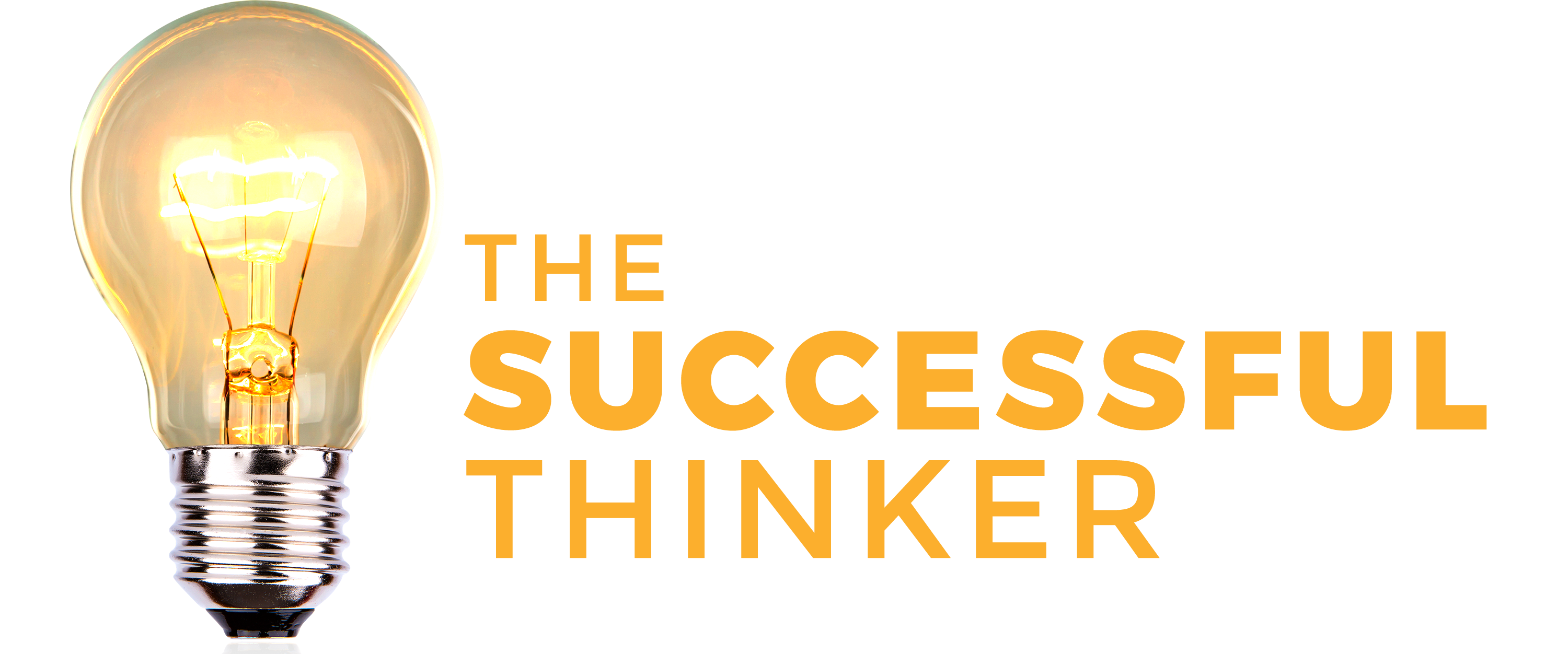
When you read about risk prevention, health and occupational safety it is logical that we get a biased idea of what a safe workplace should be by focusing only on the physical part of the problem. In that we look only at the presence of PPE or Individual Protection Equipment, collective protection measures such as railings or signage, ergonomic measurements, air quality or the adequacy of lighting according to the job. If we only focus on this physical perspective, we will be making a serious mistake: forgetting the psychosocial part of the problem. Of course it is vital that companies are given the most stringent checks, for example looking at www.inspectpoint.com, who can help you with this aspect. But, to build a truly safe workplace we must work from two different but deeply interrelated perspectives: the physical and the psychosocial.
Physical part: Protections physical address specific risks that may arise in the factory, shop, office, classroom … We talk about, for example, falls at different or at the same level, slipping, electrocution, poisoning, cuts, etc.
The psychosocial part: Organizational protections to prevent very specific risks that can alter the good work environment of any organization, risks that directly damage the work motivation and performance of our employees. Examples? Many: negative stress (distress), burnout syndrome (burn out), mental fatigue, etc.
As you can see, a safe workplace is also one that guarantees psychosocial comfort that allows our staff to be and feel good, a feeling of well – being that produces happy employees.
Cybersecurity helps everyone!
Monitor text messages and social media. Many hackers use cell phones as the primary means of communication and this is the way they can steal your information. Text messages should be treated the same as email messages. You must not click on any link that doesn’t seem right to you, or that seems to not be a legitimate link. Don’t click on suspicious links or ads. Remind your friends and colleagues of this too. Just as we remind our family and friends to stay healthy, we should do the same with threats to cybersecurity. Remind your loved ones, especially older adults, to pay close attention to unsolicited calls and emails and to limit the information they share online.
Protect personal information. Generally, anyone of any type of standing, will ever ask you for credit card information or account passwords in an email. It is against every policy and regulation therefore, if you know this, you can save yourself some hassle with scams. Many scams occur when clicking attached documents so even if the person sending it is legitimate, you should scrutinise the content to make sure that it sounds legit. Sometimes it is hard to tell the difference but opening a link could pose a risk to your personal information and company safety.
So, whilst safety comes in many shapes and forms, looking at every single aspect is vital in order to keep the working team safe, psychologically and physically. By implementing good practices, you can ensure that there are less issues and excellent communication.
